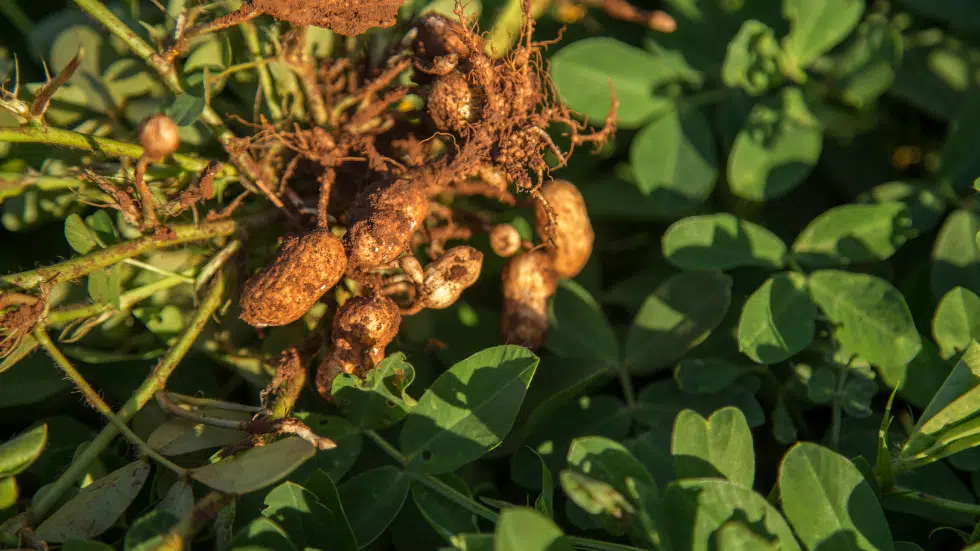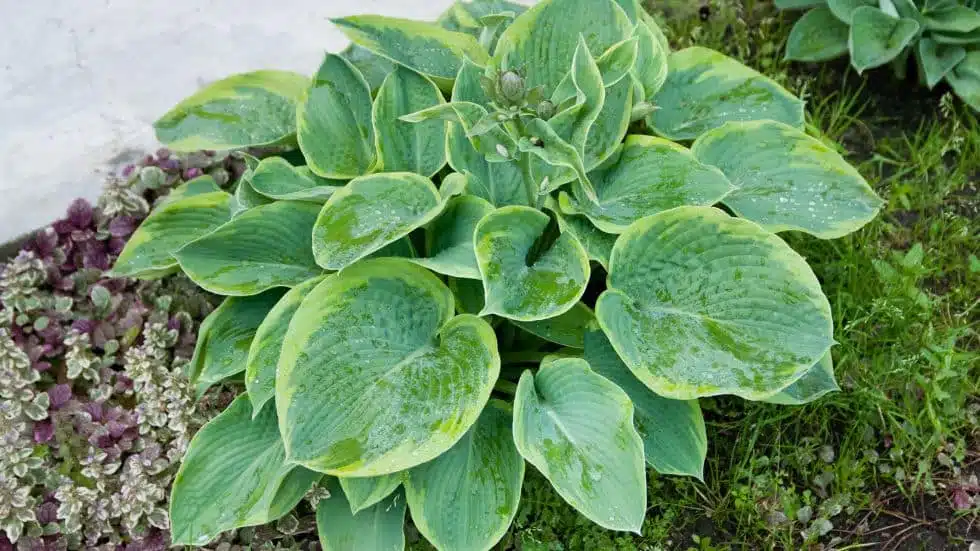The Croton plant, scientifically known as Codiaeum variegatum, is a stunning and versatile plant that has gained immense popularity among gardening enthusiasts. Its vibrant and colorful foliage, coupled with its ability to thrive in various conditions, makes it a favorite choice for both indoor and outdoor spaces. In this article, we will delve into the world of the Croton plant, exploring its characteristics, care requirements, and the various benefits it offers.
I. The Origins and Characteristics of the Croton Plant:
The Croton plant is native to the tropical regions of Southeast Asia, encompassing countries such as India, Indonesia, and Malaysia. It belongs to the Euphorbiaceae family and is characterized by its distinctive and richly colored leaves. These leaves can vary in shape, size, and color, with shades ranging from vibrant reds, oranges, and yellows to deep greens and purples.
II. Popular Varieties of Croton Plants:
- Petra Croton (Codiaeum variegatum ‘Petra’):
One of the most popular varieties of Croton plants, the Petra Croton, showcases stunning, multi-colored foliage. Its leaves feature a combination of red, orange, yellow, and green hues, creating a visually striking display. This variety thrives in bright, indirect light and requires regular watering to maintain its vibrant colors. - Mammy Croton (Codiaeum variegatum ‘Mammy’):
Known for its large, leathery leaves, the Mammy Croton is a favorite among plant enthusiasts. Its leaves exhibit a mix of deep green, purple, and red tones, creating a bold and dramatic visual effect. This variety thrives in well-draining soil and requires consistent watering to prevent soil dryness.
III. Care and Maintenance of Croton Plants:
- Light Requirements:
Croton plants thrive in bright, indirect light. Placing them near a window where they can receive filtered sunlight is ideal. However, direct sunlight should be avoided, as it can lead to leaf scorching. - Temperature and Humidity:
Croton plants prefer warm and humid environments. They should be kept at temperatures between 60°F (15°C) and 85°F (29°C). Maintaining humidity levels through regular misting or using a humidifier is crucial for their well-being. - Watering:
Watering the Croton plant consistently is essential. The soil should be kept slightly moist but not soggy. Overwatering can lead to root rot, while underwatering can cause leaf drop. Regularly checking the soil moisture and adjusting the watering frequency accordingly is crucial. - Soil and Fertilizer:
Well-draining soil is crucial for the health of Croton plants. A mixture of peat moss, perlite, and sand provides adequate drainage. Fertilizing every two to four weeks during the growing season with a balanced, water-soluble fertilizer can help promote healthy growth and vibrant foliage.
IV. The Benefits of Having Croton Plants:
- Air Purification:
Croton plants are known for their air-purifying properties. They can remove harmful toxins, such as formaldehyde and benzene, from indoor spaces, improving air quality and promoting a healthier environment. - Aesthetically Pleasing:
The vibrant foliage of Croton plants adds a burst of color and visual interest to any space. Whether used as a focal point or as part of a mixed plant arrangement, Croton plants can enhance the overall aesthetics of both indoor and outdoor areas.
Read More : Care Tips for Hoya Plants
Conclusion:
The Croton plant, with its stunning foliage and versatility, has become a highly sought-after choice for plant enthusiasts. From its origins in Southeast Asia to its ability to thrive in various environments, the Croton plant offers a plethora of benefits. By following proper care and maintenance practices, individuals can enjoy the vibrant colors and air-purifying properties of this remarkable plant. Whether adorning homes, offices, or gardens, the Croton plant undoubtedly adds a touch of natural beauty and elegance to any space.





